Off-Chord Notes
- Derek Chisholm
- Jan 7, 2015
- 2 min read
Most piano compositions (symphony and modern music too) tend to have a clearly defined chord structure. Classical has rhythm and great chord progression. Romantic piano has complication, but still good chord structure. Jazz is further complicated by its different scales and 7th notes, but still has a clear structure.
Chords are typically "lead up to" by other notes to make either complete a musical phrase, to transition to a new chord, or to emphasize the next note's harmony/synchronization with the rest of the song.
Off-chord notes are the greatest tool in a composer's kit, and lends us the "poetic license" necessary to trick our listeners' ears into hearing something beautiful. Debussy uses many off-chord notes, but you'd never really know it listening to Clair de Lune and Reverie. The secret is in the placement.
Quarter, half, and full notes are mostly on-key with the key signature in compositions, while eighth, triplets, sixteenth notes, and so on TEND to be off-key. I had trouble grasping this, but once you embrace what may sound like chaos you'll be overjoyed to use it in your next work.
I always wanted to make every note sound beautiful and have rich tone so I was only composing with on-key notes, which unfortunately just made the work seem lifeless. It's like reading a book with no conflict, the characters are all too wholesome and similar, everyone is overly nice and the plot might be something out of Pleasantville. I don't want to read that book, do you?
In my work, I've called these off-chord notes either "suffering" or "plot" notes just so I can kick the habit of wanting to NEVER use them because they don't make any theoretical music sense. It rounds out the music, and forces the listener hear the ups and downs of the music that drives the underlying story of the piece itself.
Every good story has an introduction, rising action, conflict, climax, falling action, and resolution. This is a similar approach we should use as composers when developing our music.








Comments